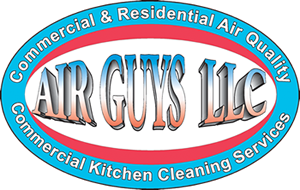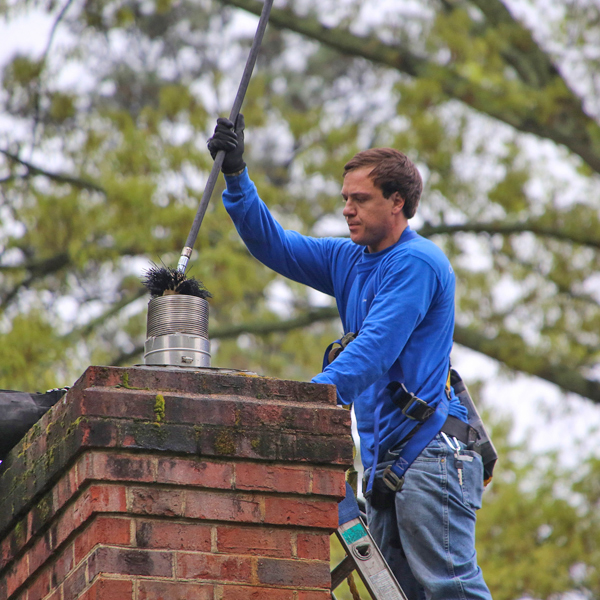Introduction to Chimney Cleaning
Chimney cleaning is a crucial safety measure for your home, as it prevents chimney fires and ensures proper ventilation. The Chimney Safety Institute of America (CSIA) recommends cleaning your chimney annually, or more often if you use your fireplace frequently. Regular cleaning helps prevent creosote buildup, which can ignite and cause a fire. Installing a chimney cap can help prevent downdrafts and ensure a proper draft, crucial for effective fire burning and minimizing creosote buildup. Cleaning your chimney can also extend the life of your heating system and lower your energy bills.
Chimney Maintenance and Safety
- Regular chimney cleaning prevents the buildup of creosote and soot, ensuring proper ventilation.
- Cleaning ensures your chimney functions efficiently, allowing proper ventilation of harmful gases like carbon monoxide.
- It helps prevent damage to the flue liner and extends the longevity of your heating system.
- Maintaining a clean chimney protects your home from fire hazards and ensures heating system efficiency.
- Neglecting chimney upkeep can turn it into a fire hazard, emphasizing the importance of professional maintenance.
Chimney Cleaning Tools and Equipment
To clean your chimney effectively, you’ll need the right tools. A chimney brush is essential and should be the correct size for your flue. Traditional masonry chimneys require heavy-duty wire brushes, while stainless steel liners need polypropylene bristle brushes to prevent damage.
Other necessary tools include chimney cleaning rods, a shop vac for soot removal, a dust mask, goggles, a ladder, and a safety harness if roof access is required. A smaller wire brush and a plastic tarp for debris protection are also useful.
Certified chimney sweeps use specialized equipment, including pulley systems, for thorough and efficient cleaning. While DIY cleaning is an option, professionals can ensure safety and identify potential chimney issues.
DIY Chimney Cleaning
While professional cleaning is recommended, some homeowners opt for DIY chimney cleaning. Steps include:
- Using a chimney brush and extension pipes to clean the flue.
- Wearing a dust mask and goggles for protection.
- Using a shop vac to remove loose debris and creosote buildup.
Benefits of Hiring a Certified Chimney Sweep
- Professionals can identify issues that may go unnoticed by homeowners.
- They use specialized equipment for a more effective cleaning.
- Certified sweeps understand local building codes and provide compliance advice.
- Hiring a professional ensures peace of mind and chimney safety.
Preventing Chimney Fires
- Regular cleaning prevents creosote buildup, a major cause of chimney fires.
- Burning well-seasoned, dry wood minimizes creosote production.
- Avoid smoldering fires or closing the damper too soon.
- Ensuring proper chimney draft and cleaning the smoke chamber is crucial.
Common Chimney Problems and Solutions
Recognizing chimney issues early is key to maintaining home safety. Signs that indicate a need for cleaning include excessive creosote buildup, soot accumulation, unusual odors, and difficulty lighting fires. If any of these occur, schedule a professional inspection.
Chimney Inspection and Repair
- Inspections identify cracks or damages that may cause malfunctions.
- Cracked liners can allow dangerous gases like carbon monoxide to leak into the home.
- Regular inspections help detect and repair potential hazards.
Conclusion
- Regular chimney maintenance prevents fires and ensures proper ventilation.
- Whether DIY or professional, following safety measures is essential.
- Prioritizing chimney care helps maintain a warm and safe home.

